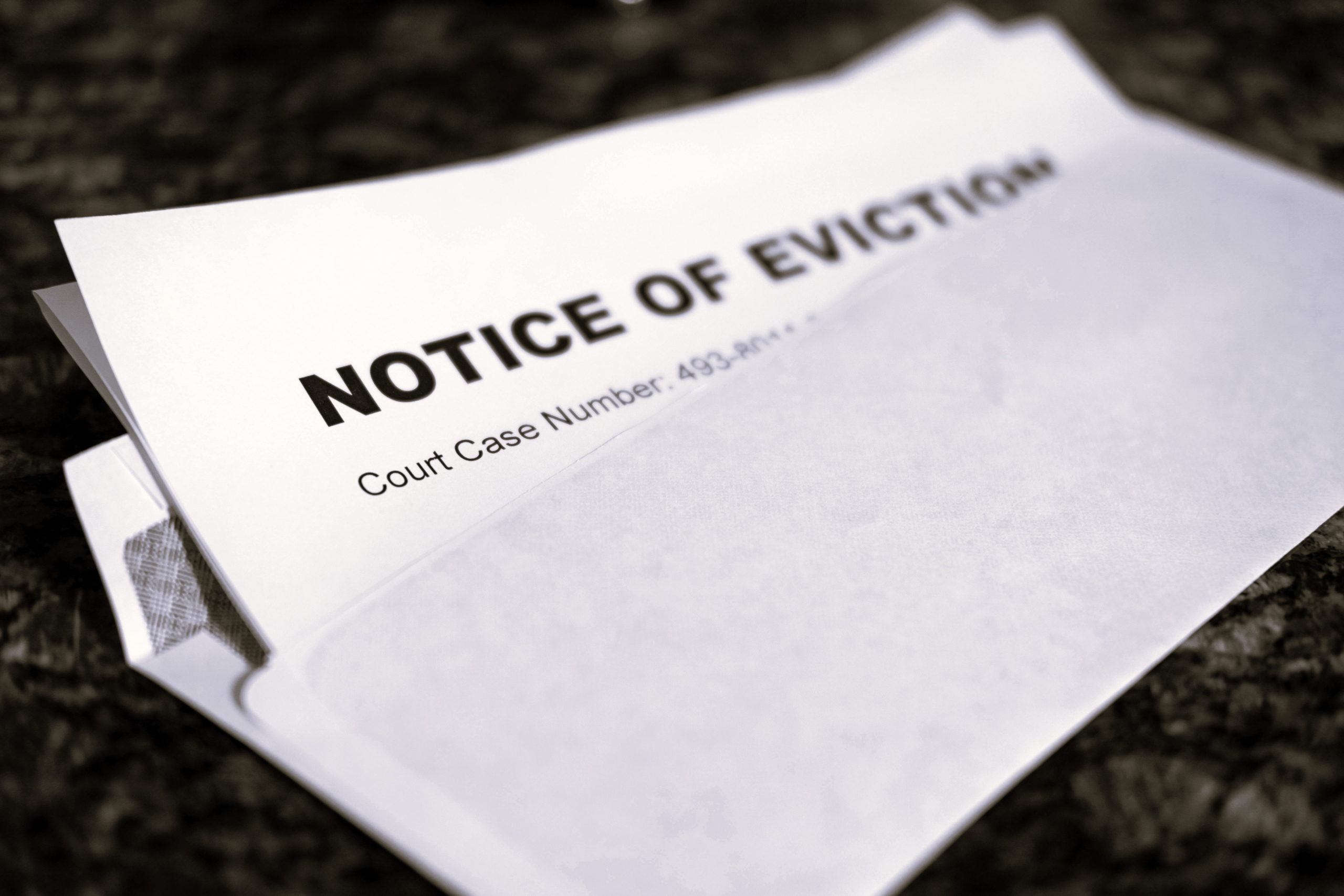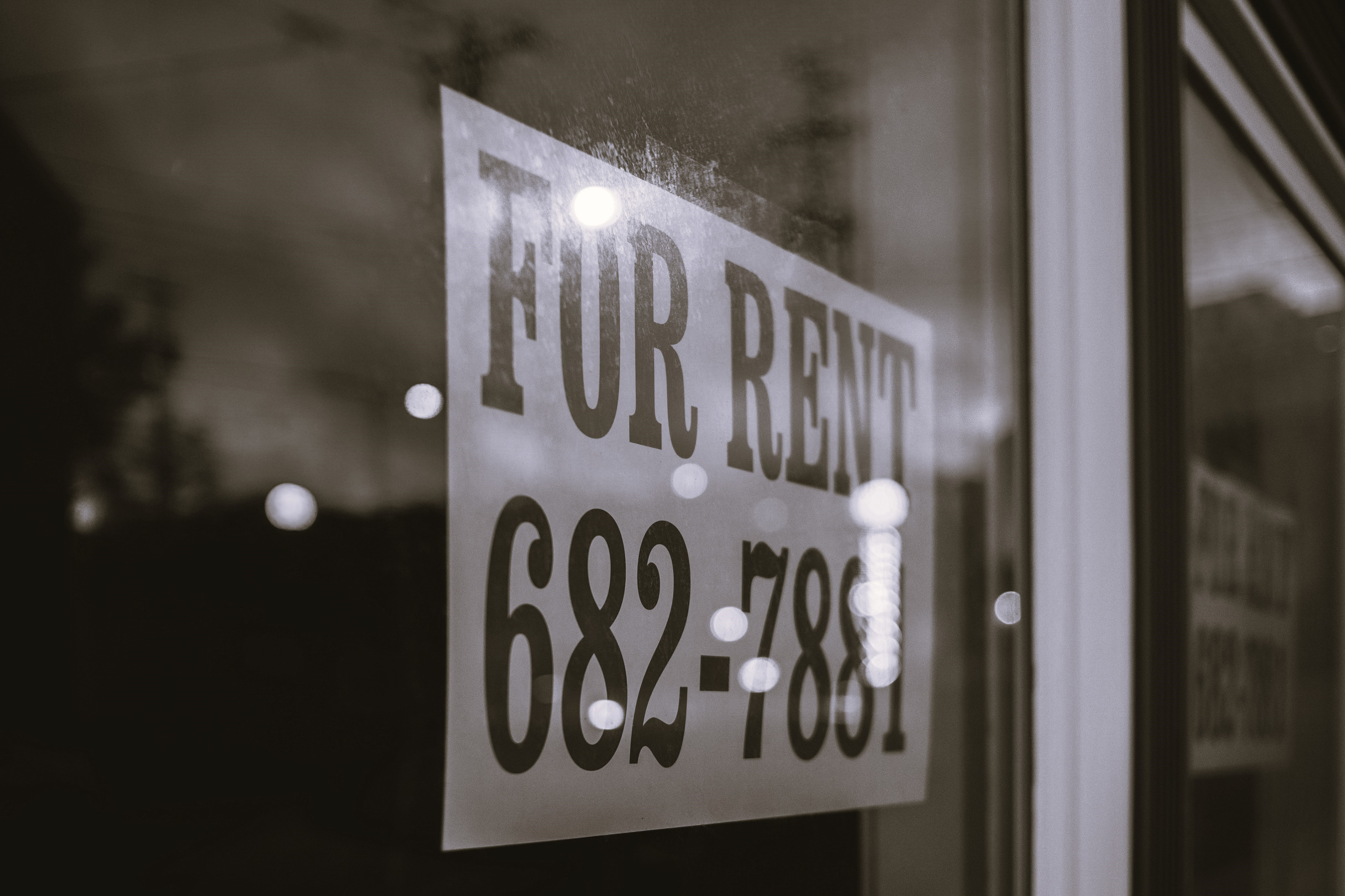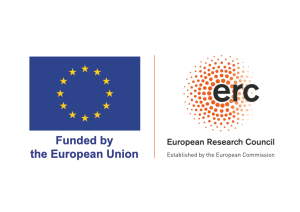Health and Housing: Examining Two Essential Human Rights During Public Health Crises
Emma Bowar
Introducing the Right to Housing and Right to Health
The interconnectedness of human rights has long been recognized. As all rights relate to the inherent dignity and worth of a human being, there is an intrinsic logic to the conclusion that all rights must be provided for or protected in order for that dignity to be preserved. In addition to the overarching interdependence of human rights, a causal relationship sometimes exists between specific rights. In particular, it has been demonstrated that the right to housing contributes significantly to a person’s rights to health and life. This relationship was addressed extensively in a Report of the Special Rapporteur on adequate housing as a component of the right to an adequate standard of living published in 2016. The UN Special Rapporteur described how one-third of worldwide deaths are related to poverty and inadequate housing and how informal housing contributes significantly to the spread of tropical disease within the community. Beyond these general malaises, public health crises, such as the COVID-19 pandemic, have highlighted the crucial relationship between housing, health and life.
This blog is the first in a series of blogs to be published discussing the relationship between health and housing. The series focuses on HIV/AIDS. As the first instalment, this blog sets out to delineate that relationship, as well as explore a broad overview of existing government interventions, to provide the reader with a general understanding of the present situation. A comparison is drawn to the COVID-19 pandemic to demonstrate how far governments have gone to ensure that more people were adequately housed in response to a public health crisis, but not to necessarily suggest that the same approach is suitable for the HIV/AIDS epidemic. A more in-depth exploration of what governments are currently doing to tackle HIV/AIDS, and what they could be doing will follow in later blog posts.
Examining Homelessness and Risk of Disease Transmission/Disease Related Death
Early on in the COVID-19 pandemic, and during its seceding phases, public health authorities emphasized the importance of social distancing and the need to stay home if a person had been exposed or was ill with COVID-19. That, people were told emphatically, was the best way to prevent the spread of the virus and protect themselves. Such advice does, however, pose a self-evident question: what of the approximately 26,600 in the Netherlands who are homeless? How have they been impacted? What are they to do? It has been reported that persons experiencing homelessness are at an increased risk of infection for COVID-19 as a result of their living conditions and are more likely to experience severe illness due, in part, to living conditions, as well as to a high proportion of comorbidities amongst the homeless population.
It was estimated at the beginning of the pandemic that, on average, homeless populations in the United States would experience a mortality rate 0.7% higher than the general population. In addition, a detailed study was done on the relationship between inadequate housing and COVID-19 in the US, which demonstrated that for every 5% increase in the number of households in poor condition, there was a 50% higher risk of COVID-19 infection and a 42% higher risk of COVID-19 mortality. Tragically, the COVID-19 pandemic very effectively demonstrated the intimate relationship between health and housing and the need to ensure adequate housing in order to protect people’s health.
As alarming as these statistics are, previous epidemics have spoken similar languages. In particular, HIV scholars have long recognized the relationship between access to adequate housing and HIV risk and health outcomes. The seroprevalence of HIV in the homeless population is estimated to be 3 to 19.5% compared to a seroprevalence of 0.5% in the general US population. In addition, homelessness and inadequate housing are associated with higher viral loads and higher mortality rates among people living with HIV/AIDS. It has also been documented that adherence to highly active antiretroviral therapy by those who are HIV positive is lower among people who are homeless or inadequately housed. Unfortunately, in as much as housing influences HIV/AIDS status, HIV/AIDS status influences housing. People who are HIV-positive are more likely to live in poor housing conditions and are at a higher risk of losing their homes altogether. Bearing these numbers in mind, it’s evident that the relationship between housing and transmission of a disease as well as disease related death is not dependent on the type of pathogen in question. Rather, these patterns reflect the importance of housing as a social determinant of health.
Responding to the crises – Human rights as public policy
On the surface, the relationship between housing and COVID-19, and housing and HIV looks similar. To an extent, they are: both epidemics would benefit from changes that would provide more housing to people experiencing homelessness and improved living conditions for those whose housing is inadequate. However, upon closer analysis, it becomes apparent that COVID-19 and HIV have prompted, and require, unique social and legal responses.
In response to the COVID-19 pandemic, various governments took different steps to address the vulnerabilities in the housing market, with three main strategies emerging worldwide. The most common step taken, for example, in the United States, was to issue a ban on evictions for people who had lost significant income as a result of the pandemic. In addition, governments took steps to prevent the dismissal of homeowners who could not make their mortgage payments. Lastly, some governments put in place some form of a rent freeze, which prohibited landlords from raising rents, as in Ireland, while Venezuela went so far as to suspend rent payments altogether (for a period of six months). These policies helped ensure that people did not face eviction because of the COVID-19 pandemic.
Beyond taking steps to prevent eviction, some governments also took proactive steps to provide housing to people experiencing homelessness, as was the case in the State of Victoria in Australia, where the government allotted an additional 6 million Australian Dollars towards homelessness prevention in March of 2020. Notable about all of these examples however, is their temporality – none of these measures were designed to be long term, and the eviction ban in the US, as well as the temporary housing provided to people experiencing homelessness in Australia, ended as the pandemic entered a less acute phase of crisis. This observation is not to negate the importance of the steps taken by various governments to house people and prevent evictions as COVID-19 initially spread, nor to imply that they should have gone on indefinitely. Rather, it poses the question: when the COVID-19 interventions ended, what remained for the people who returned to homelessness? What became of their health? In particular, as demonstrated above, for those living with HIV, access to housing, and to adequate housing, is a recurrent issue, which temporary government policies cannot adequately address. In addition, there are challenges specific to the situation of people who are HIV positive, such as stigmatization and related discrimination, which require a more nuanced hand than the blanket policies drafted in response to the COVID-19 pandemic.
The response to the HIV/AIDS epidemic has had different faces in different states, and the same is true when an inquiry is made into how government HIV/AIDS policies have sought to address the issue of ensuring housing for those who are HIV positive. The National HIV/AIDS Strategy (2022-2025) in the US, for example, does address housing as a social determinant of health, and the US does provide some housing support through the Housing Opportunities For Persons with AIDS Program. On the other hand, the Kenya AIDS Strategic Framework II does not explicitly include housing as a policy response to the epidemic, and housing as a healthcare policy was also excluded from the WHO’s Global Health Sector Strategy on HIV 2016-2021. Somewhere in between, India included in its HIV and AIDS Prevention and Control ACT of 2017 a right for people who are HIV positive to reside in their shared household. The disparity between government policies and the lack of an international schema engender the last question: what might a comprehensive policy on housing and HIV include, and how could it respond to adjacent issues?
Final Thoughts
The relationship between health and housing is a decisive example of the interdependence of human rights; however, the divergent needs and subsequent responses of two public health crises – COVID-19 and HIV/AIDS – illustrate the importance of addressing such a relationship in its specific context. COVID-19 and HIV/AIDS are not only different pathogens – they have also been received by society in different ways, and as such, they require a refined government response. What is clear from the government interventions implemented in response to the COVID-19 pandemic is that housing may be an appropriate public health measure. Is it and could it be for HIV/AIDS as well? In the next installments of this blog series, national legislation on HIV and housing will be further examined to determine the extent to which various national legislators are utilizing housing, and the right to housing, to control the spread and severity of HIV/AIDS.






